The start of the school year is a terrific time to get to know your students and encourage them to get to know one another. It is so important to foster a sense of community within your classroom to ensure it is an inclusive and welcoming space for all. Icebreakers for kids can help with getting to know each other, reinforcing important skills like listening and sharing, and, most important, having fun! Here are 40 of our favorite elementary icebreakers to start forming positive relationships and building community in your classroom.
1. The Book of Me
Have your students create a book jacket cover and table of contents about themselves. Encourage them to come up with a clever title and embellish the front cover with an illustration that represents who they are. On the back cover, have them write a mini-biography like an “About the Author.” For the table of contents, have them name each chapter with something that is important to them, like their family, their hobbies, their favorite things, etc.
2. Who’s in Your Circles?
Have your students draw three concentric circles on a blank piece of unlined paper. Choose a category (for instance, food, sports, TV shows, etc.) and have students write that word in the smallest center circle. In the adjacent circle, have them write “love,” and in the next circle out, write “like.” Have them write “don’t like” on the outside of the circle.
Students will circulate and find a partner. They will ask each other to tell them one thing to fit into each circle (except the center) and write their classmates’ responses on their paper. For example, one sport they love, like, and don’t like. Once they’ve recorded each other’s answers, they mingle around and find another partner. The goal is to speak to as many classmates as they can in the allotted time. Change topics midway through if you’d like.
3. Interviews

Icebreakers for kids should help them get to know one another and feel more connected. To start this one, pair up two students and set a timer for three minutes. When the timer starts, one student will interview the other, asking the questions on this free downloadable printable. When the timer goes off, they switch.
After both students have had a chance to interview and be interviewed, call one set of partners up to the front of the class at a time. Each partner will introduce the other student to the class, recounting as much information as they can remember. This is a great activity to teach students how to ask questions, remember information, and speak in front of others.
4. Jigsaw
Use a large piece of poster board to draw out a jigsaw puzzle with enough pieces for each student plus yourself. Cut out the pieces and give one to each student. Have each student decorate their piece with their name, words that describe them, and pictures. When everyone is finished, have each student share their puzzle piece and what it means. Then put the puzzle together on a bulletin board or blank wall. The finished puzzle will not only make a colorful display, it will represent how each student is part of the big picture of who your class is.
5. Spiderweb Questions
Gather students in a large circle. Take a ball of yarn and, holding tight to one end, toss the ball to one student. You can either ask them a question, such as “What is your favorite type of birthday cake?” or have students share one piece of information about themselves. Once they answer, they will hold on to a piece of yarn and toss the ball to another student. They will ask them a different question or the student will share something about themselves and so on. Once the ball has been tossed to every student, you should have an impressive web in the center of your circle. Take a moment to admire it and remind students that it took everyone’s effort to create this beautiful work of art.
6. Windows
If you’re looking for elementary icebreakers that allow students to share something from home, try this activity. Using masking tape, divide a bulletin board or empty wall in your classroom into “window panes,” one for each student in your class. Assign two students each day to bring in a small artifact that represents who they are. At morning meeting, ask each student to present what they brought. Later, label one of the panes for each student and mount their item in the middle. When everyone has had a turn, you’ll have a lovely display for your class, and your students will know each other a little better.
7. Labels
Pass out a 2″ x 4″ mailing label to each student. Instruct them to fill in their label with the following:
- Center: Name
- Top left corner: One word that describes their personality
- Top right corner: Favorite subject in school
- Bottom left corner: A hobby
- Bottom right corner: Favorite place
Or you can tailor the topics to fit your particular set of students. Once everyone is finished with their label, set a timer for three minutes and have each student pair up with a classmate to talk about their labels. When the timer goes off, everyone switches partners, and the process repeats. Continue mingling until students have had a chance to get to know many of their classmates.
8. Would You Rather …?
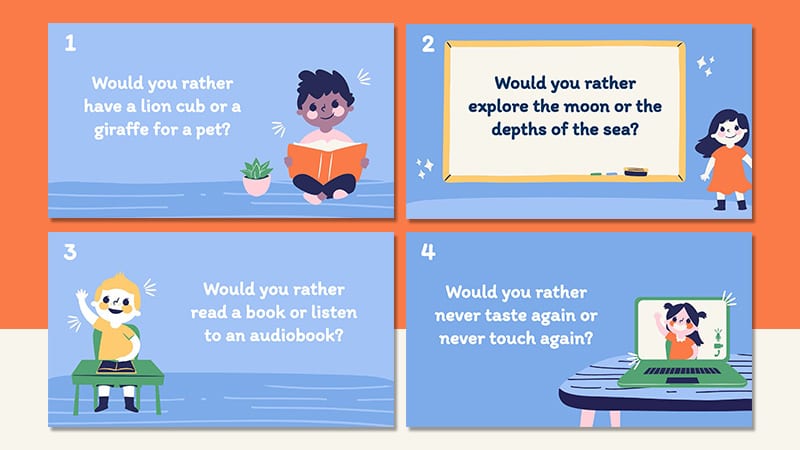
With students seated at their desks or tables, ask a series of “Would you rather …?” questions, like these. For example, “Would you rather fly like a bird or swim like a dolphin?” Have students give a thumbs-up for one option and thumbs-down for the other. Make sure to pause for a few seconds to give students the chance to look around and see how everyone votes.
9. Inside, Outside Circle
The best elementary icebreakers allow students to get to know everyone in the classroom. For this activity, divide your class in half and line them up in two circles, one inside (A) and one outside (B). Have students in each circle turn to face the classmate adjacent to them in the other circle. Choose a topic, such as “my favorite thing to do on weekends,” and have students in circle A talk and students in circle B listen. Then switch so that B talks and A listens. When everyone is done, have the students in the outside circle rotate one student to their left. Pick a new topic and give each student in each pair a chance to share. Repeat.
10. Observation
Pair students up and have them form two lines, partners facing each other. If your class has an odd number of students, you can play the game too. Give students 30 seconds to look each other over, paying close attention to all the details about their partner’s appearance. Ask students in one line to turn around and face the other direction. Students in the other line will now change one thing about their appearance. For example, one student might put their shoes on opposite feet, and another may remove a clip from their hair. When the students in the first line turn back around, they have to guess what their partner changed. Now switch and let the first line make the change and the second line guess the difference. If you have time, have students change partners and play again.
11. Color match
To prepare for this activity, write the following information on a large piece of chart paper, then cover it until after the activity begins.
- Red—a favorite summer memory
- Green—your favorite thing about school
- Blue—a favorite sport, hobby, or activity
- Yellow—one of your favorite books
- Black—free choice (share anything)
Now, put together a bucket of colored pipe cleaners with the same colors. To begin the activity, pass the bucket around and ask each student to take five pieces, each one a different color. Now, reveal the chart. Give each student a turn to introduce themselves and give one fact for each pipe cleaner. After everyone has had a chance, let the students twist their pipe cleaners together to make a bracelet, necklace, or headband.
12. Emojis
Need elementary icebreakers you can use for online classes? Give students a list of topics and ask them to share information using only emojis in the text feature. If you are teaching in person, have students answer on paper and design their own emojis.
13. Bingo

Want to try icebreakers for kids that are also popular games? This icebreaker, Classmate Bingo, is a great tool to help students learn more about their classmates. Download our free Classmate Bingo printable, then give each student a copy and a pencil and send them off to find one person that meets the criteria in each box. Players can only use their classmates once on their sheet. The game is over when someone fills in every box on the entire grid with a different name.
14. Build a Tower
Are you looking for elementary icebreakers that challenge kids to work as a team? Divide your class into groups of four or five students. Give each group a bag of drinking straws and a roll of duct tape. Set a timer for 15 minutes. Explain to the class that the goal of the activity is to build the highest tower, which must remain upright, using only the straws and tape. Observe carefully to see how well students work together. Circulate through the room and offer tips if necessary.
15. Flash Sign
Elementary icebreakers can help get kids moving. For this one, ask each student to come up with a unique movement or sound. For example, two claps, a whistle, a curtsy, a high kick, word, or gesture. Circle up and start by saying your name followed by your sign. Go around the circle, giving each student a turn to say their name and flash their sign. Circle through a couple of times so students can remember each other’s names.
16. Superpower Paper Dolls
Icebreakers for kindergartners should be simple but also appeal to something they love, like superheroes. Ask your students, “If you had a superpower, what would it be?” Then give them each a paper doll template to decorate what they would look like as a superhero. On the back, have them list what their superpower would be. When everyone is finished, invite students up one at a time to share their picture, and pick three students to guess their superpower. This is one of those elementary icebreakers that is quick, easy, and takes no time to prep.
17. Corners
Label the four corners of your classroom with paper signs reading “Strongly Agree,” “Agree,” “Disagree,” and “Strongly Disagree.” Students begin seated at their desks. Call out a statement such as “Math is my favorite subject in school” or “Cats are better than dogs.” Students get up and move to the corner that best represents their opinion on the topic. This is a great activity for students to see what opinions they have in common with their classmates. It can also be adapted as an outside activity.
18. What We Have in Common
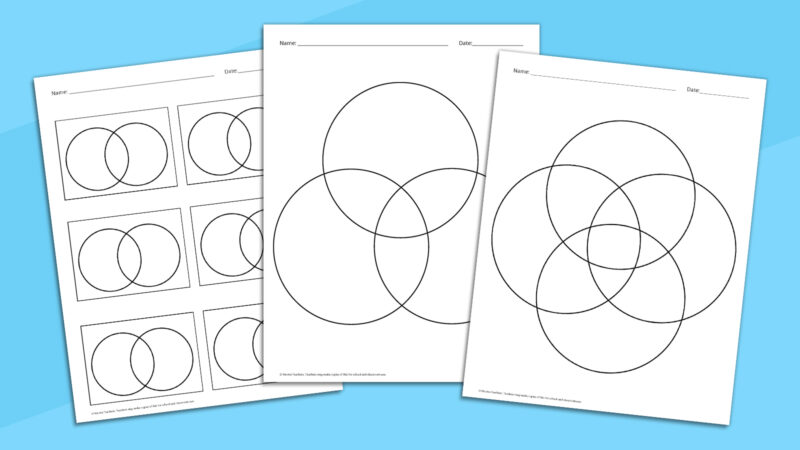
Divide your class evenly into small groups. Give them five minutes to talk among themselves, trying to find three things they all have in common—the stranger (or funnier), the better. Have them record their answers on one of these free Venn diagram printables. When time is up, have each group tell the class their three things. After everyone has revealed their three things, have the class vote on which group has the strangest (or funniest) three things in common.
19. All My Friends
Gather your students into a large circle. Stand in the middle and say, “All my friends like …” and fill in the blank with anything you like—pepperoni pizza, swimming, kangaroos, etc. Any student who also likes that thing has to leave their place and switch places with another person in the circle. Just like musical chairs, anyone who doesn’t have a spot to switch to then goes in the middle, and “All my friends like …” starts all over again.
20. Guess Who
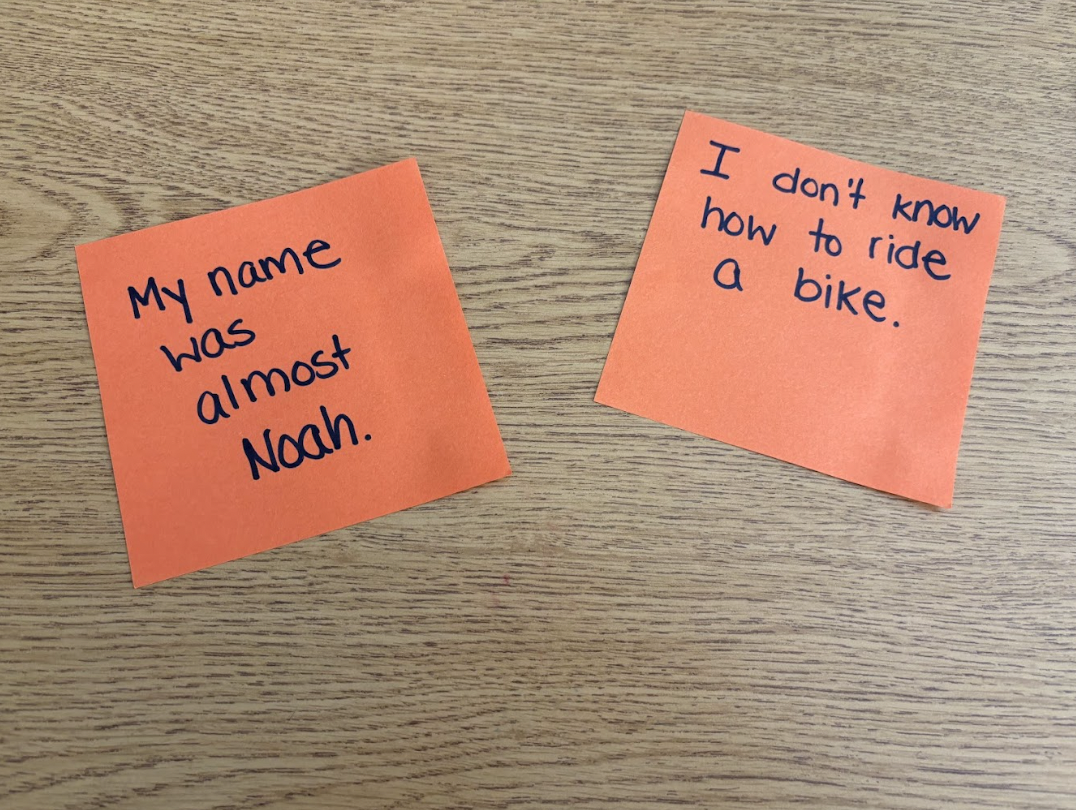
Pass out an index card to each of your students and ask them to write three unique facts about themselves. Make the first fact fairly common, like “I have brown hair.” Make the second fact a little trickier, such as “I am left-handed.” And then make the third fact something that you don’t think anyone else will have in common, such as “My grandmother is from Italy.” Gather the cards, and throughout the day, pull one out and read it aloud to the class. Call on three students to guess whose card you just read. If no one guesses, ask the student who wrote it to stand.
21. Blobs and Lines
These engaging elementary icebreakers are sure to get your students moving, talking, and finding things they have in common. For lines, ask students to line up in a particular order, for example by birthday, height, shoe size, etc. For blobs, ask students to gather in groups based on something they have in common, for example, favorite dessert or movie or number of siblings. Students will really need to communicate with one another to form their lines or blobs.
22. Music Mingle
Give each student an index card and have them write a question they would like to ask the other students in class. For example, “What is your favorite movie?” or “What is your favorite animal?” Next, put on some music and have the students get up and mingle around the classroom. When the music stops, students have to stand beside the person closest to them and ask each other the questions on their cards. Both students have to answer both questions. When the music begins again, students mingle once again and pair up with a new classmate when it stops. Then repeat.
23. Goal Setting
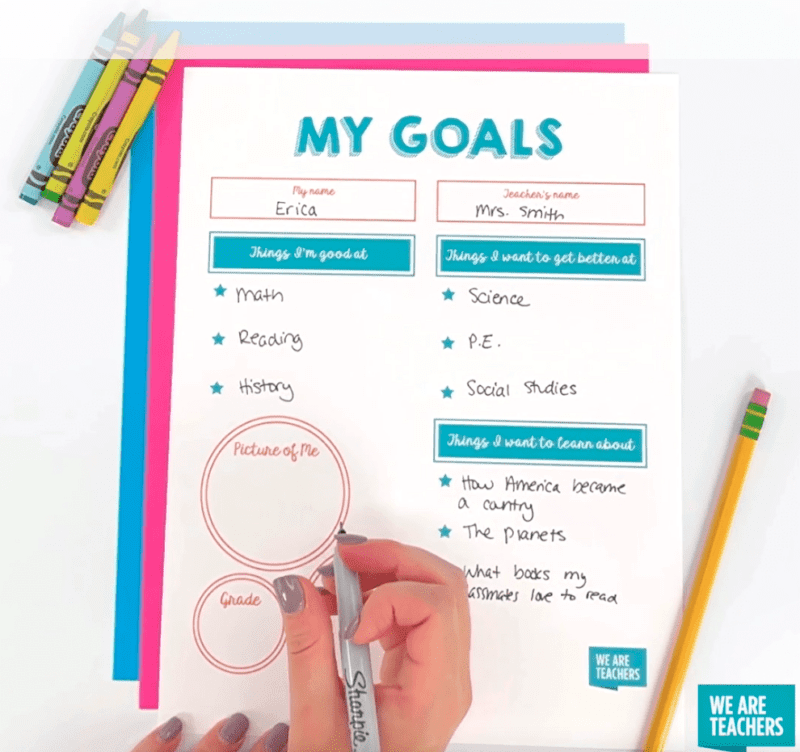
The beginning of the school year is the best time to encourage students to think about the things they want to improve or learn this year. With categories like “What I’m good at,” “What I want to get better at,” and “Things I want to learn,” these free printable worksheets are perfect for setting goals and keeping track of them throughout the year.
Learn more: How To Do Goal Setting With Your Students This School Year
24. Three Words
Brainstorm a story topic with your students—anything from a soccer game to a snowstorm to a day at the zoo. Now start the story for the class with just three words. Each student will take a turn, contributing three more words. Try to say the first three words that come to mind, whether they make sense or not, and move quickly from one person to the next.
25. Where in the World
Ask students, “If you could go anywhere in the world, where would you go?” Have each student write their name and three clues about their chosen destination on an index card, but not the name of the place. Collect all the cards, then one by one, read the clues to the class. Allow three people to make a guess. If no one guesses correctly, have the person who wrote the card reveal the destination. Once the destination is revealed, have the student explain why that is where they would want to go.
26. Never Have I Ever
Have your students sit in a circle and hold up both hands in front of them, spreading all 10 fingers. Read one of the statements from this list of elementary-appropriate Never Have I Ever questions. If students have done what the statement says, they put one finger down. For example, if the statement is “Never have I ever seen a shooting star,” you would fold down one finger if you HAD seen a shooting star. At the end of the game, the person/people with the most fingers still up wins.
27. Play Dough Fun
Icebreakers for kindergartners should include a calming activity like playing with play dough since there are likely to be some first-day jitters. Before using it for an icebreaker, give your students some time to just play with it independently. Once everyone is all warmed up, try some fun icebreaker activities like having your students mold their name or their favorite animal. Finally, have them share their creations with the rest of the class. You can even tie in a writing lesson by having them write about their creations. Check out some more ideas for play dough activities here!
28. Scavenger Hunts
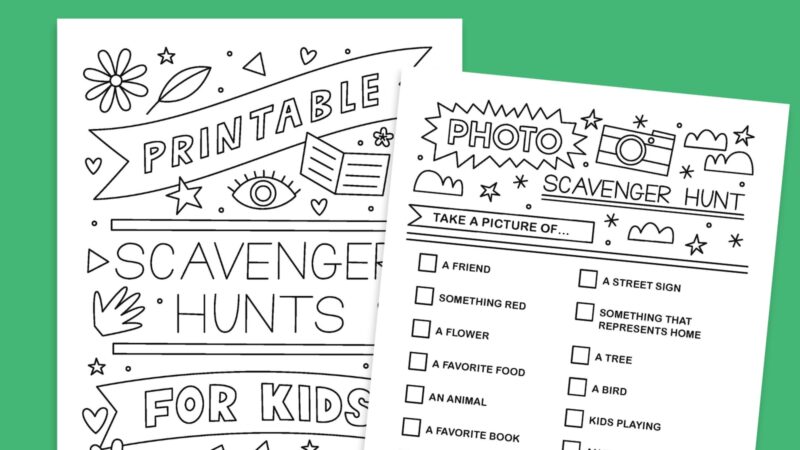
What better way to learn to work together than having a shared objective? Scavenger hunts can be silly, active, and loads of fun. From using your five senses and going outside in nature to going through the alphabet and more, here are free printable scavenger hunts to get you started.
Learn more: Clever Scavenger Hunt Ideas (Free Printables)
29. Hot Seat
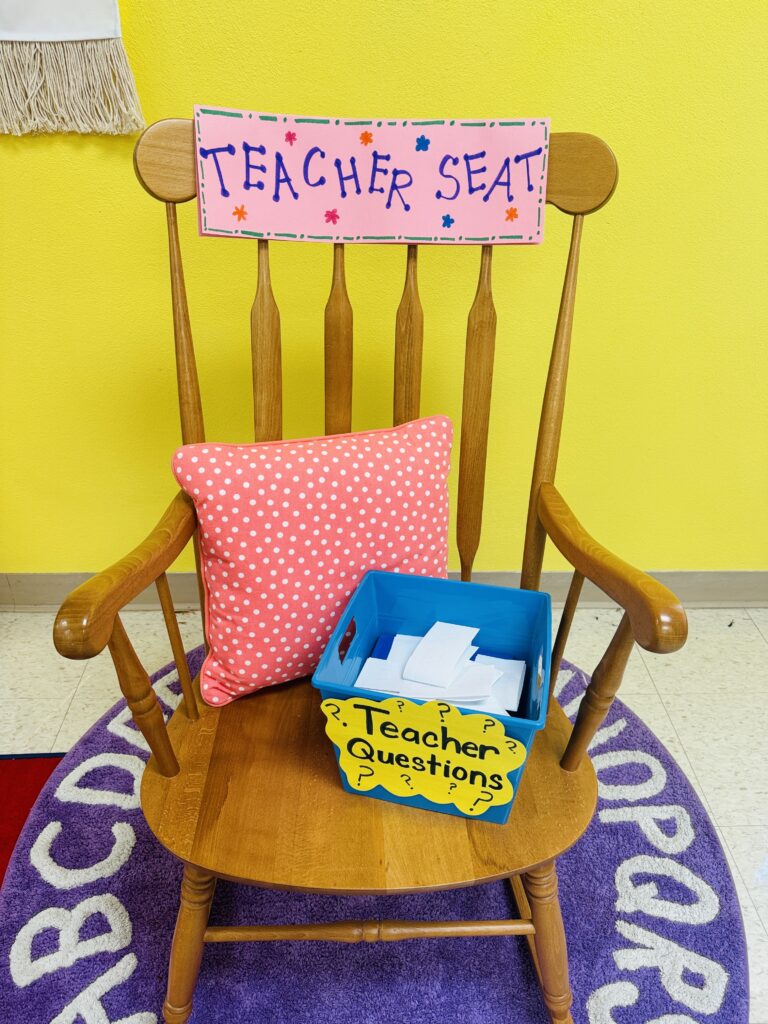
One student is selected to start in the “hot seat.” That student should sit facing the rest of the class with their back to the board. Write a word on the board behind them and then have the rest of the class describe that word without actually saying it. The student in the hot seat must guess the word. We especially love that this game uses critical thinking and gets students thinking about descriptive details.
30. Animal Sounds
Before playing with your class, cut strips of paper and write animal names on them (hint: include some exotic animals that make distinctive noises). Make sure that each animal is repeated at least once so friends can find their pairs. Once ready to play, hand out strips to your class. Finally, have them find their pairs by using only the sounds that animal makes. This game will surely result in a lot of laughter!
31. Question Jenga
Before playing, write icebreaker questions on Jenga blocks. Once that is done, you can play in several different ways. Set up the towers yourself and then have students answer the questions as they successfully pull a block out. Or have small groups compete to see who can build the tallest tower, but the catch is they must answer the question before adding the block.
32. Snowball Fight
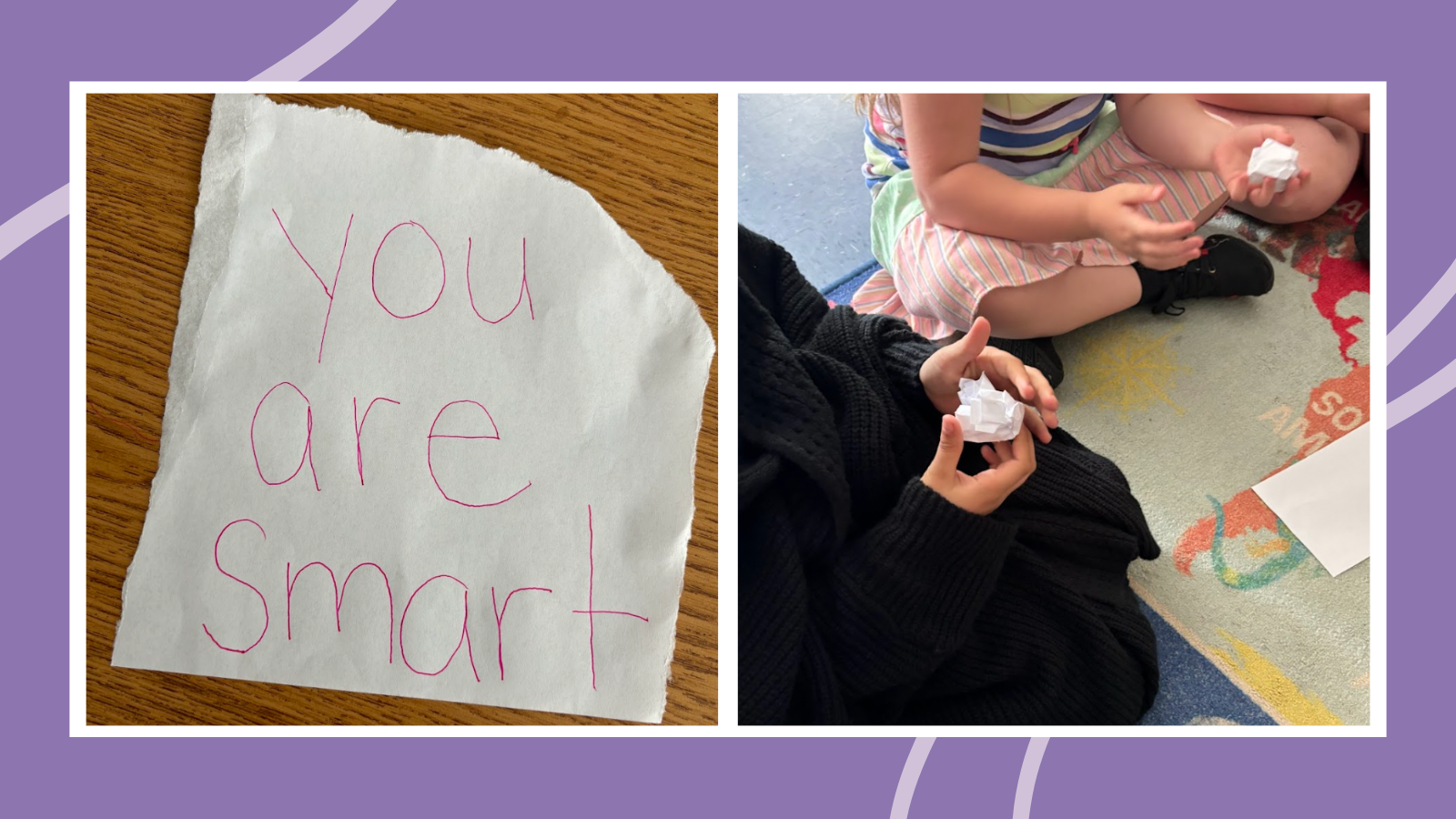
Ask your students to write three facts about themselves on pieces of paper and then crumple them into balls. Once the “snowballs” are made, let your students have some fun throwing them all into the center of a circle. Finally, have them select three of the snowballs to read aloud. Your students will learn about their friends while also letting loose!
33. Ask Questions

What better way to get to know someone than to ask them questions? We’ve compiled a huge list of Fun Icebreaker Questions for Kids to stimulate conversations. Check them out and start building your classroom community.
34. Match the Baby Picture
This is one of those elementary icebreakers that requires a little bit of preparation, but the payoff will be worth it. Ask parents to send in a baby photo of their child’s choosing. Copy all of the photos and then create a worksheet where each student has to guess which baby photo belongs to which classmate. Elementary icebreakers that make each individual student feel special like this one are the absolute best!
35. Don’t Laugh!
Elementary icebreakers that can be played without a lot of preparation are some of the easiest to execute. To play this one, simply designate one student as the performer who must try to make their classmates (and you!) laugh. The goal of the rest of the class is to try to resist the urge to break into giggles.
36. Apple Banana Milkshake
The best elementary icebreakers will help kids hone those oh-so important listening skills. This game will get them moving too while also having way too much fun! Have students form a circle and put their hands on the shoulders of the person in front of them. The teacher will call out directions, using the words Apple, Banana, and Milkshake. Apple means take a hop forward and banana means take a hop backward, all while keeping your hands on your neighbor’s shoulders. Milkshake means drop your hands and turn 180 degrees. Then re-place your hands on that person’s shoulders.
37. Name Games
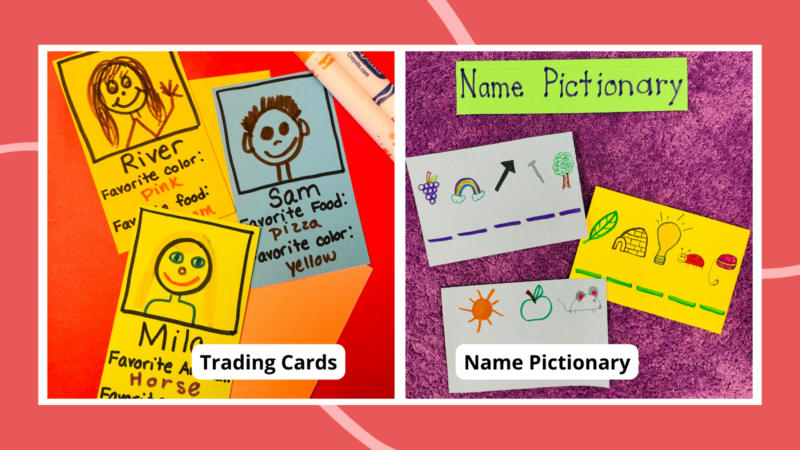
Learning each other’s names is just the first step for students to get to know their classmates, but it’s an important step. Once you know someone’s name, you can begin to learn what they like and dislike, what they’re interested in, and what you have in common with them. And that’s where building community begins. Check out one of the super-fun activities below and start building!
Learn more: Fun Name Games To Try With Your New Class
38. STEM Challenges

STEM challenges are a great way to observe your students’ strengths and challenges. In addition, it gives the kids a chance to get to know each other and get a feel for who they like working with. Check out our collection of fun and easy STEM challenges for every grade level and let the learning begin!
39. Beach Ball Toss
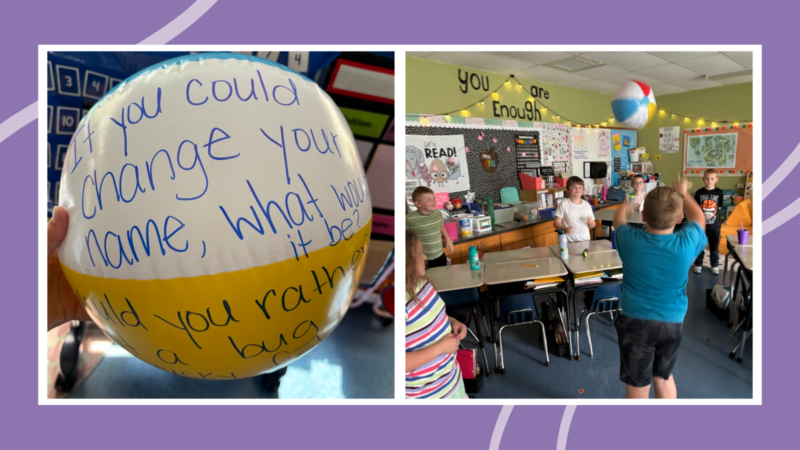
Take an ordinary blow-up beach ball and on each color of it, write an icebreaker question, such as “What is your favorite color?,” “What is your favorite season?,” “What do you like to do on the weekend?,” etc. Have the kids stand in a circle and start tossing the ball around. When the teacher calls “Stop,” the student holding the ball must answer the question closest to their right thumb. Continue until all students have had a chance to answer.
40. Line Up
Call out a month of the year and ask all students born in that month to come up. Ask them to arrange themselves in order of what day they were born, from the first of the month to the end of the month. Once they are in order, have them call out their birthdays to the class to double-check their order. Call out each month of the year in random order until every one has been called. There are lots of fun variations of line-up games, from height to shoe size, to alphabetical by first name, alphabetical by last name, hair length, etc.















